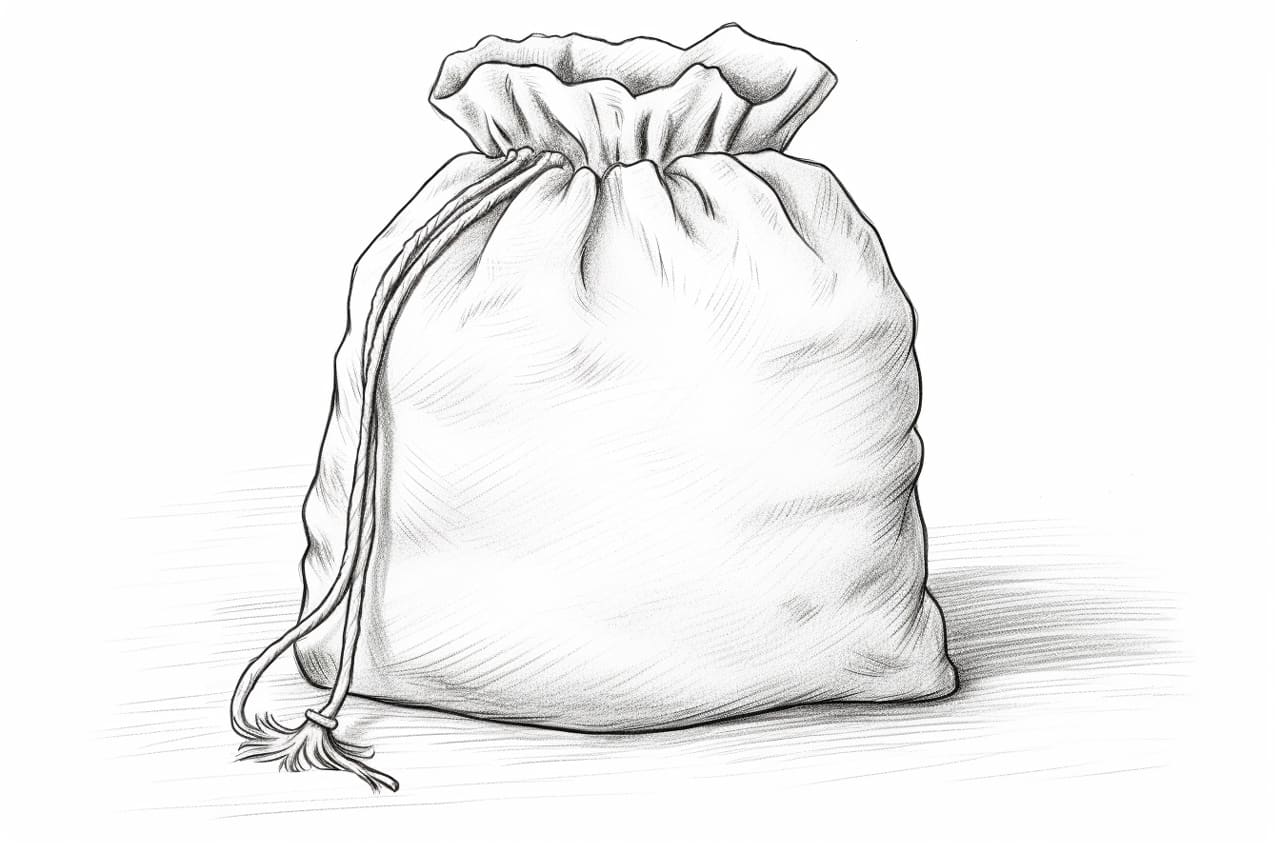Drawing is a wonderful way to express your creativity and bring your imagination to life. In this step-by-step guide, we will explore the process of drawing a bag. Whether you’re a beginner or an experienced artist, this tutorial will provide you with the essential knowledge and techniques to draw a bag in a realistic and visually appealing way. So, grab your pencils, and let’s get started on this artistic journey
Materials Required:
- A sketchpad or drawing paper
- Pencils (preferably a range of different hardness, such as 2B, 4B, and 6B)
- An eraser
- A ruler
- Colored pencils or markers (optional)
- Reference images of bags (either printed or on a digital device)
Step 1: Basic Shapes and Proportions
To begin drawing a bag, we’ll start with its basic shape and proportions. Visualize the bag’s structure and imagine it as a simple rectangular box. Use your pencil to lightly sketch a rectangular shape on your paper. This will serve as the foundation for the bag’s body.
Step 2: Adding Details and Handles
Now, let’s add some details to our bag drawing. Decide on the type of bag you want to draw, such as a tote bag or a backpack. Then, carefully observe reference images or real-life bags to understand the placement and shape of different elements.
Draw the handles of the bag. These can be simple loops or more complex shapes, depending on the style of the bag. Remember to consider the perspective and how the handles attach to the body of the bag.
Step 3: Texture and Surface Details
To make your bag drawing more realistic, it’s important to add texture and surface details. Notice the material of the bag and how it reflects light and creates shadows. Use your pencil to add lines and shading to show the creases and folds in the fabric.
If you’re drawing a leather bag, add small dots or crosshatching to create a textured appearance. Experiment with different shading techniques to achieve the desired effect.
Step 4: Adding Depth and Dimension
To give your bag drawing depth and dimension, you need to understand the concept of perspective. Consider the angle from which you are viewing the bag. This will determine how the sides and bottom of the bag appear in relation to each other.
Use your ruler to create parallel lines that converge at a single point, known as the vanishing point. This will help you maintain proper proportions and create a more realistic representation of the bag.
Step 5: Coloring and Enhancing the Drawing
Once you’re satisfied with the overall structure and details of your bag drawing, you can choose to add color. Colored pencils or markers can be used to bring your artwork to life. Study the colors and patterns of the bag you are drawing, and use your artistic intuition to select the appropriate shades.
Remember to layer the colors gradually, starting with lighter tones and adding darker shades for depth. Blend the colors smoothly to create a polished and professional look.
Conclusion:
Drawing a bag can be a fun and rewarding artistic endeavor. By following these step-by-step instructions and using your creativity, you can draw a realistic and visually stunning bag. Remember to pay attention to proportions, details, texture, and perspective to bring your artwork to life. With practice and patience, you’ll be able to master this skill and create beautiful bag drawings. So, grab your pencils and start sketching your favorite bags today!









